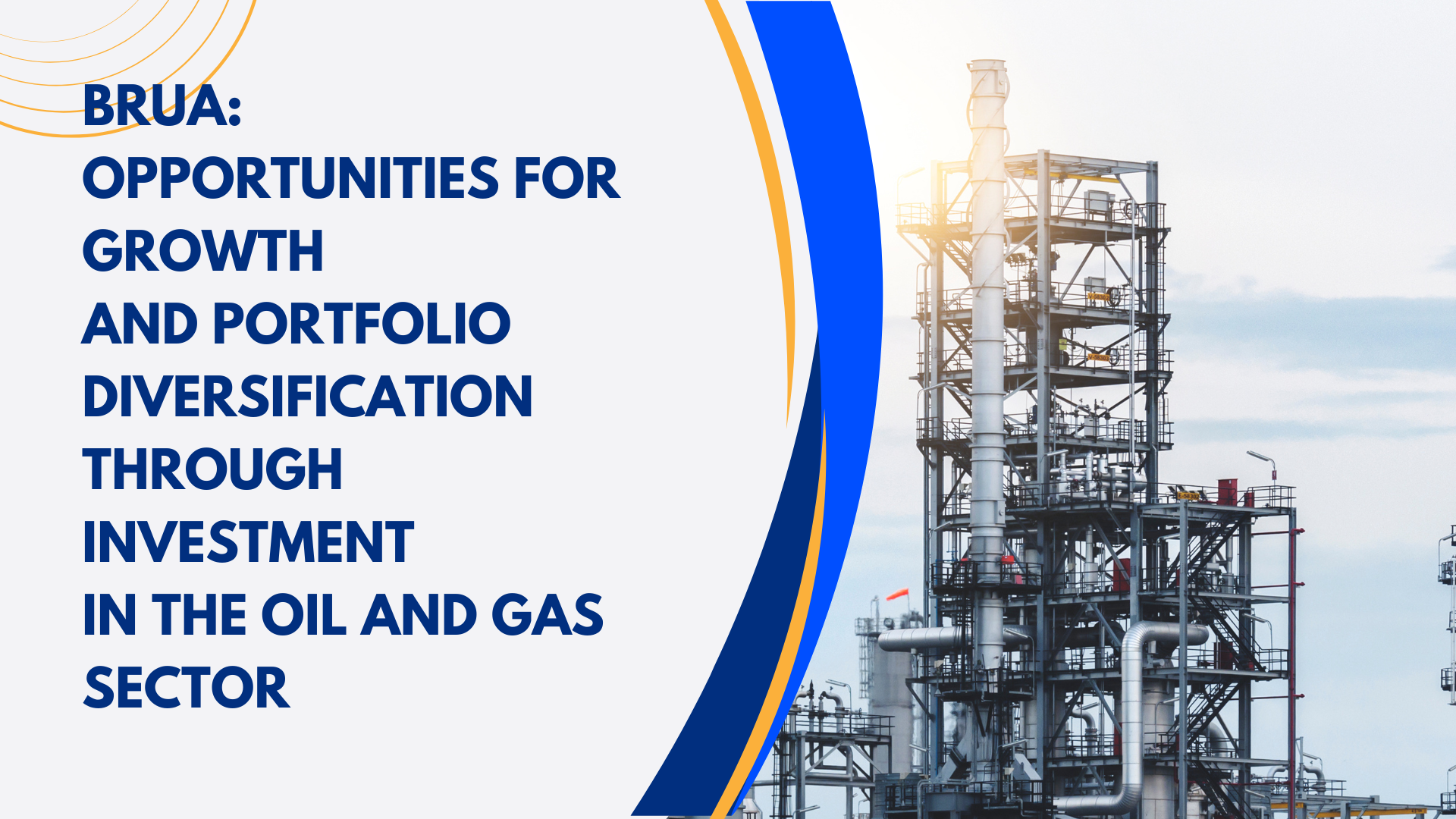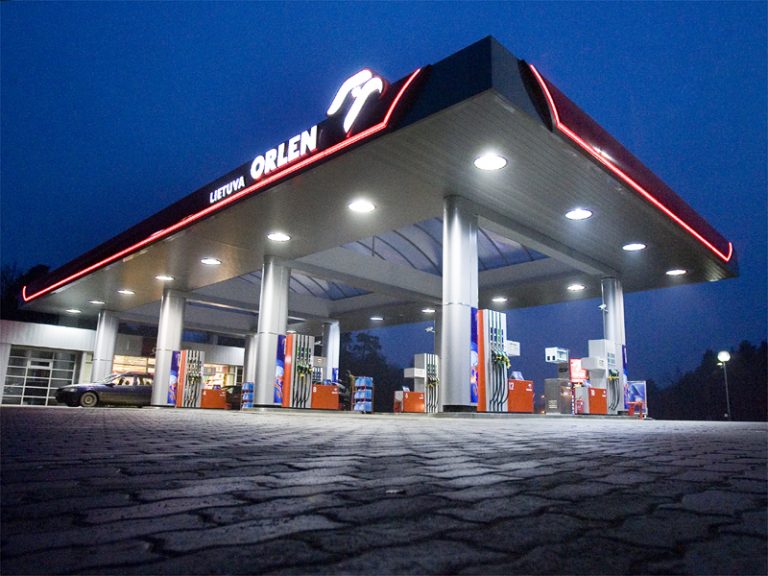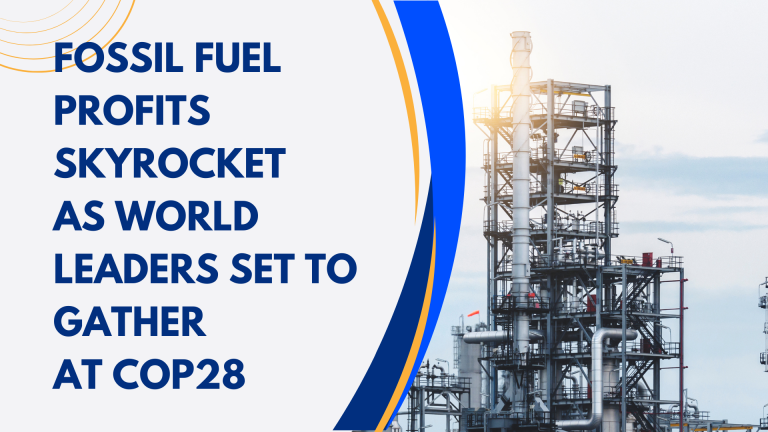The BRUA pipeline project represents a significant opportunity for growth and portfolio diversification within the oil and gas sector. Encompassing interconnections between Bulgaria, Romania, Hungary, and Austria, this project stands as a critical conduit for the transport of natural gas across Europe. With the increasing demand for energy security and diversification in supply routes, BRUA offers promising investment avenues. This document delves into the intricacies of BRUA, exploring its potential advantages, challenges, and FAQs for investors looking to tap into this sector.
Understanding the BRUA Pipeline Project
BRUA is a regional initiative aimed at enhancing energy security and supply diversification in Central and Eastern Europe. The pipeline, stretching approximately 1,318 km, is segmented into different phases and sections, each adding significant capacity to transport natural gas. The project’s primary goal is to facilitate the free flow of gas between the aforementioned countries, thereby reducing dependency on a single supplier and ensuring energy stability.
ENERGY POWER SENSE:
Become a Shareholder of Europe’s Leading Gas Company in Just Two Clicks!
Strategic Importance of BRUA
The BRUA pipeline is strategically significant for several reasons:
- Diversification of Supply Sources: By linking multiple countries, BRUA provides access to diverse gas sources, including the Caspian Sea, LNG terminals, and potential Black Sea reserves.
- Energy Security: Reducing dependency on a single supplier mitigates risks associated with supply disruptions and geopolitical tensions.
- Economic Impact: The construction and operation of the BRUA pipeline are expected to create jobs, stimulate local economies, and attract further investments in the region.
- Environmental Concerns: While gas is a fossil fuel, it is considered cleaner compared to coal and oil. The BRUA pipeline can potentially reduce Europe’s carbon footprint by providing a cleaner energy source for power generation.
Opportunities for Growth
Investing in the BRUA pipeline project offers several growth opportunities:
- Infrastructure Development: Investors stand to benefit from the construction and expansion phases, including contracts for engineering, procurement, and construction services.
- Energy Markets: The project opens access to new markets for natural gas, potentially increasing demand and profitability.
- Technological Advancements: The development and maintenance of the pipeline infrastructure will require state-of-the-art technology, presenting opportunities for innovation and technological investment.
- Strategic Partnerships: Collaborations with local and international energy firms can enhance expertise, spread risks, and increase returns on investment.
Potential Challenges
While BRUA offers numerous benefits, it also comes with inherent challenges:
- Regulatory Hurdles: Navigating the regulatory landscape across multiple countries can be complex and time-consuming.
- Geopolitical Risks: The gas sector is heavily influenced by geopolitics, and instability in the region could impact the project.
- Environmental Concerns: Opposition from environmental groups and stringent regulations on carbon emissions can pose significant challenges.
- Economic Viability: Fluctuations in global oil and gas prices can affect the financial viability of the project.
Portfolio Diversification through BRUA
Investing in the BRUA pipeline allows for portfolio diversification by spreading risk across different elements of the oil and gas sector:
- Regional Diversification: Exposure to the Central and Eastern European energy markets.
- Sectoral Diversification: Investments in upstream, midstream, and downstream elements of the gas supply chain.
- Asset Class Diversification: Inclusion of physical infrastructure, technology, and energy commodities in the investment portfolio.
FAQs
What is the BRUA Pipeline Project?
The BRUA pipeline is a significant natural gas interconnection project connecting Bulgaria, Romania, Hungary, and Austria. It aims to enhance energy security and diversify gas supply sources in Central and Eastern Europe.
Why is BRUA strategically important?
BRUA is strategically important because it provides access to different gas sources, strengthens energy security, stimulates economic growth, and has the potential to reduce Europe’s carbon emissions.
How can investing in BRUA diversify my portfolio?
Investing in BRUA allows for regional, sectoral, and asset class diversification by spreading risk across different aspects of the oil and gas sector, including physical infrastructure and energy commodities.
What opportunities does the BRUA project offer for growth?
The BRUA project offers growth opportunities in infrastructure development, access to energy markets, technological advancements, and strategic partnerships.
What are the phases of the BRUA pipeline project?
The BRUA pipeline project is divided into different phases and sections, each adding capacity and enhancing the overall connectivity of the gas supply network in Central and Eastern Europe.
What markets will the BRUA project open access to?
The BRUA project will open access to the Central and Eastern European energy markets, including gas from the Caspian Sea, LNG terminals, and potential Black Sea reserves.
Are there any environmental concerns associated with BRUA?
Yes, there are environmental concerns, including opposition from environmental groups and regulations on carbon emissions. However, natural gas from BRUA is considered cleaner compared to coal and oil.
How does BRUA improve energy security?
BRUA improves energy security by reducing dependency on a single supplier and providing access to diverse sources of natural gas, thus mitigating risks of supply disruptions.
What are the potential challenges associated with the BRUA pipeline?
Potential challenges include regulatory hurdles, geopolitical risks, environmental concerns, and economic viability of the project due to fluctuations in global energy prices.
What is the length of the BRUA pipeline?
The BRUA pipeline stretches approximately 1,318 km, connecting Bulgaria, Romania, Hungary, and Austria.
Conclusion
The BRUA pipeline project presents a wealth of opportunities for growth and portfolio diversification in the oil and gas sector. Despite potential challenges, the strategic importance of BRUA in enhancing energy security, stimulating economic growth, and providing access to diverse gas sources cannot be overstated. Investors looking to tap into the energy sector would do well to consider the BRUA project as a promising avenue for investment. The key to success lies in navigating the regulatory landscape, managing geopolitical risks, and aligning investments with technological advancements and market demands.
Final Remarks
Investing in the BRUA pipeline project is not only about capitalizing on economic opportunities but also about contributing to the broader goal of achieving energy security and sustainability in Europe. By understanding the intricacies and potential of BRUA, investors can make informed decisions that align with their growth and diversification objectives.

Yaropolk Dabrowski is a distinguished energy investing editor and a prominent expert in financial topics, renowned for his keen insights and analytical approach to the complex intersections of energy markets and investment strategies. With over a decade of experience in the financial sector, Yaropolk has established himself as a thought leader, guiding investors through the intricacies of sustainable energy investments and the impact of global market trends. His expertise spans across diverse areas, including renewable energy, oil and gas, and emerging technologies, enabling him to provide nuanced perspectives that resonate within the financial community.
Recognized for his contributions to top-tier publications, including Forbes, Yaropolk’s writing blends rigorous research with accessible language, making him a sought-after commentator on financial developments. His collaborative efforts with leading investment firms and industry experts further cement his reputation as a trusted resource for investors looking to navigate the dynamic landscape of energy investment. Beyond his editorial work, Yaropolk is dedicated to educating the next generation of investors, advocating for responsible and sustainable investing practices that prioritize long-term growth and environmental stewardship.




